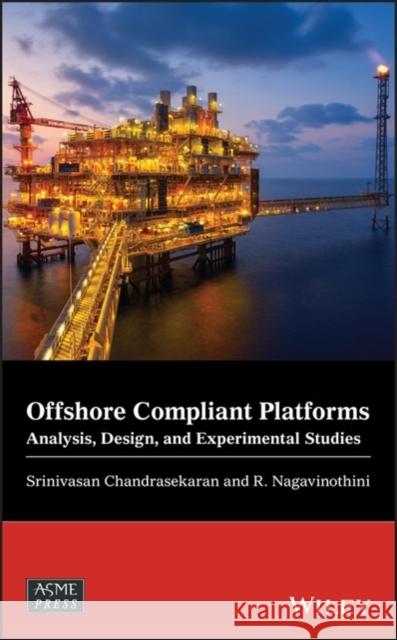Offshore Compliant Platforms: Analysis, Design, and Experimental Studies » książka
topmenu
Offshore Compliant Platforms: Analysis, Design, and Experimental Studies
ISBN-13: 9781119669777 / Angielski / Twarda / 2020 / 250 str.
Kategorie:
Kategorie BISAC:
Wydawca:
Wiley-Asme Press Series
Seria wydawnicza:
Język:
Angielski
ISBN-13:
9781119669777
Rok wydania:
2020
Numer serii:
000792372
Ilość stron:
250
Waga:
0.56 kg
Wymiary:
23.11 x 14.99 x 2.03
Oprawa:
Twarda
Wolumenów:
01
Dodatkowe informacje:
Bibliografia
Wydanie ilustrowane
Wydanie ilustrowane











